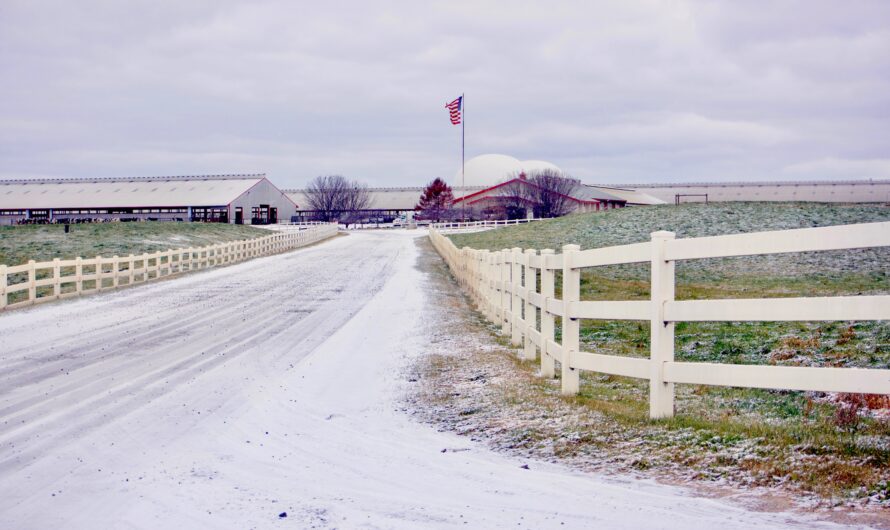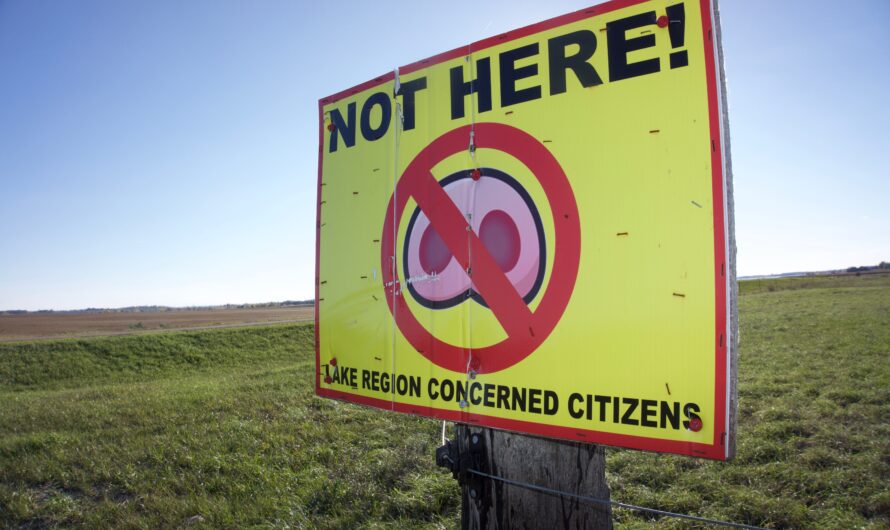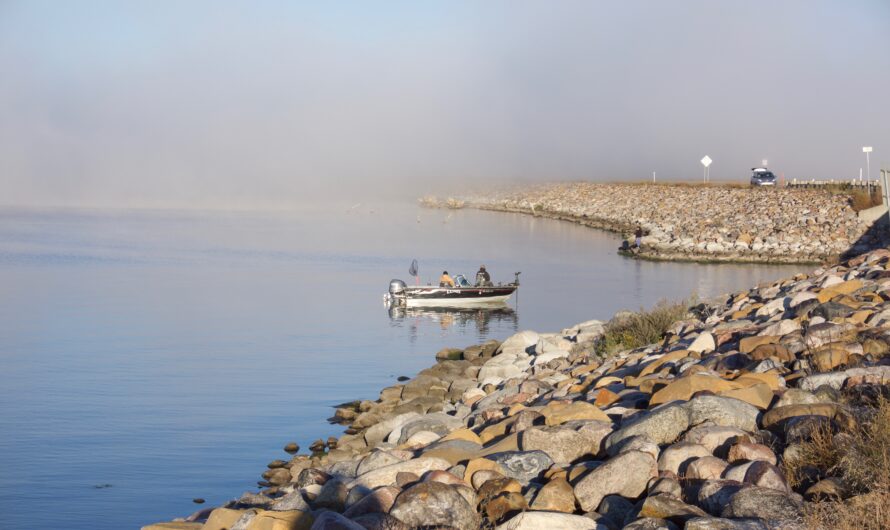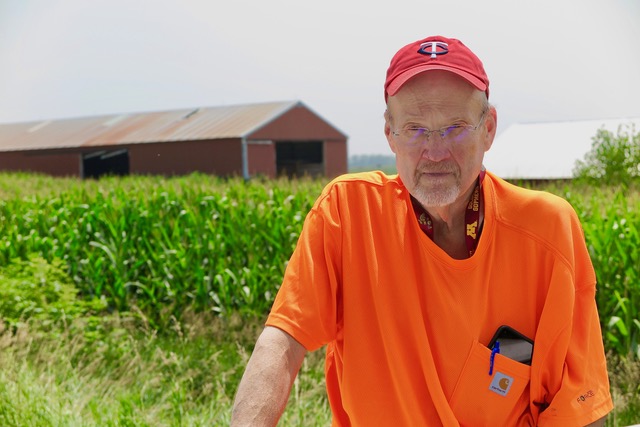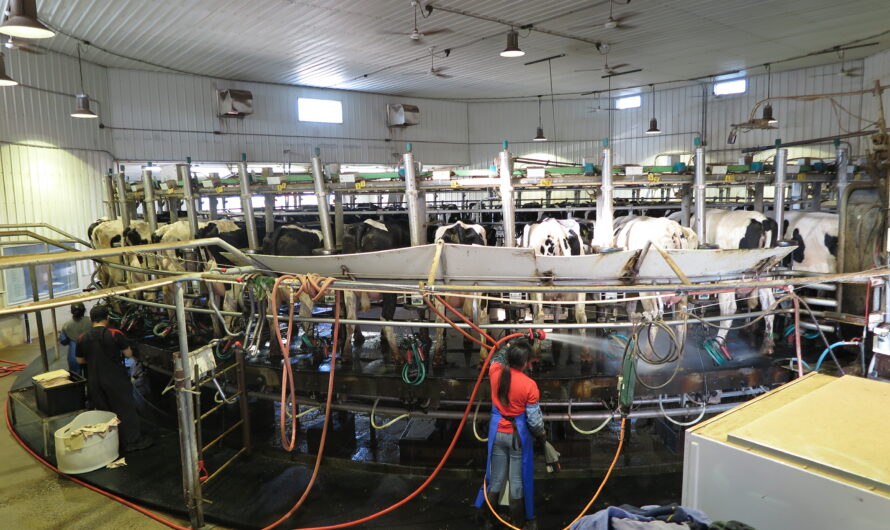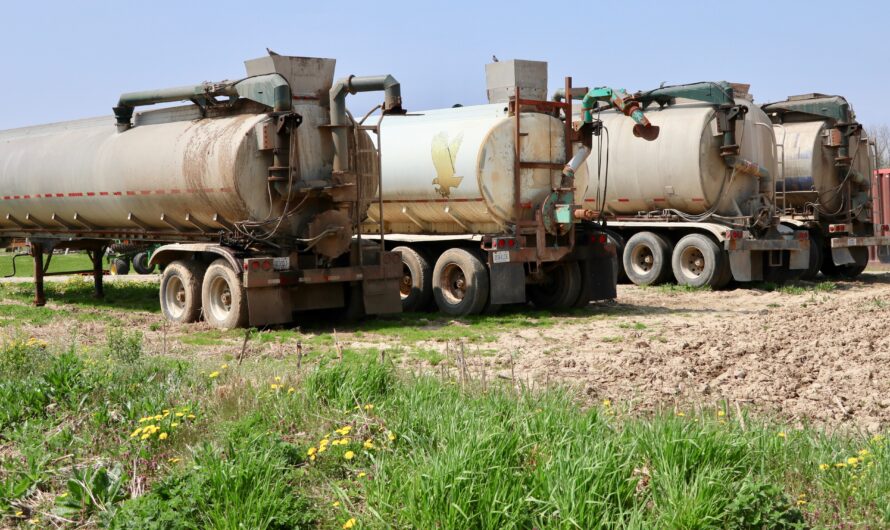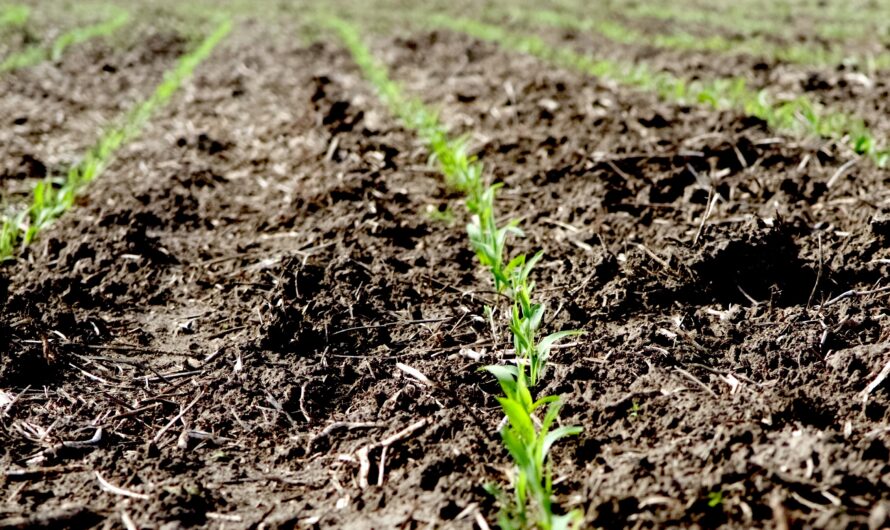Only In Iowa; Barrels of Waste Buried On Farm Go Untested
The Iowa Capitol Dispatch, one of the fine non-profit online news organizations at the center of the country, posted an article last week by Jared Strong that caught my attention. Following more than a year of administrative pondering the Iowa Department of Natural Resources on November 30 fined a prominent cattle farm in Stockton $5,000 for illegally burying barrels of chemical waste on its land. Why, you ask, would such a modest fine issued by …

